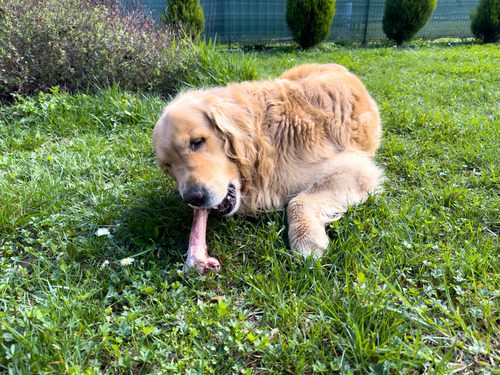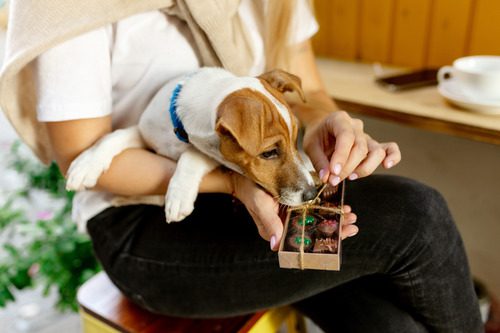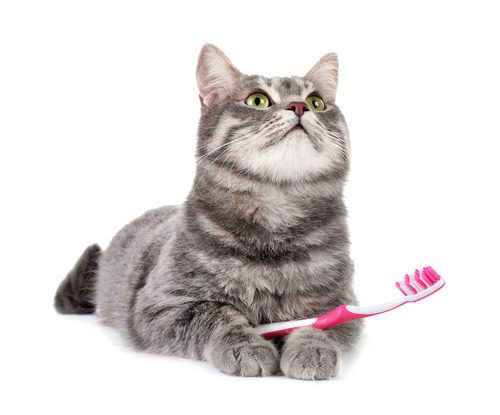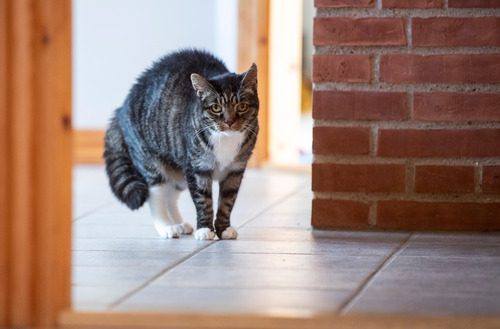Best Ways to Help Prevent Burned Dog Paws
Did you know dogs can burn their paw pads? This sensitive part of your dog’s body is similar to the palm of your hand, and it is possible for the skin of your dog’s paw pads to burn in some instances. Most of the time, paw pad burns come from walking on very hot pavement.
Although paw pad burn is a serious problem that should not be taken lightly, it is possible to prevent or significantly reduce your dog’s risk of this injury. In the article below, we’ll walk you through some of the most common methods of preventing burned dog paws. Let’s get started.
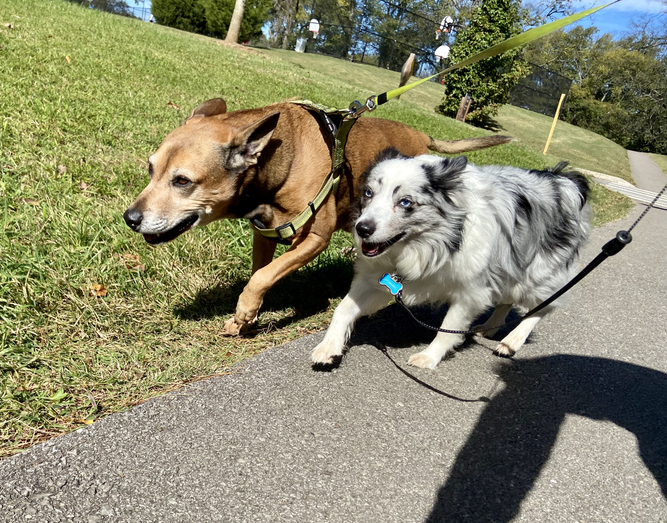
Walk on Cooler Surfaces
Walking on cooler surfaces can help prevent your dog from getting burned on their paw pads when it’s hot outside. Asphalt and concrete are the hottest surfaces when the sun is shining brightly, and rocks or gravel may also heat up quite a bit.
Instead of having your dog walk on these surfaces, stick to grass, dirt, or sand as much as possible. Keep trips across the sidewalk or street to a bare minimum. This way, their paw pads won’t come into contact with hot surfaces and their feet are sure to stay safer.
Don’t Walk in the Afternoon
Although it may go without saying, you can avoid burning your pet’s paw pads by staying inside during the afternoon hours. Take your pet for a walk in the midmorning and then wait until the sun has started to set in the evening to go out again. Most of the time, this routine will provide plenty of bathroom breaks for your furry friend.
If your pet is still young and you’re still working on house training, you may need to slowly adjust your bathroom break times rather than making a sudden change. Otherwise, however, your dog should adapt quickly to this schedule.
Use Booties or Doggie Shoes
Booties and shoes for dogs are some of the best and easiest options for protecting your pet’s paws against hot pavement. You can find booties and shoes in most pet stores, and you can order them online if you’re able to measure your pet’s paws, too.
Booties and shoes come in several styles with a wide range of closures to choose from. Depending on your dog’s personal preferences, certain types of closures and materials may work better for them than others. You may need to sample a few types of dog booties before you find the ones that work best for your pet.
Try Paw Wax
Paw wax is designed for use in any type of weather and is intended to protect a dog’s paw pads from burning, chapping, chafing, and cracking. It can be used on hot pavement during the summer and on icy pavement during the coldest parts of the year as well.
Although some pet stores in certain climates may carry paw wax, you may need to special order this product for your pet. Look for products that are made for sled dogs to use; even though these are formulated for icy conditions, they also offer protection against hot pavement and asphalt. Double-check the manufacturer’s description of the product if you’re unsure.
Use Daily Moisturizer
Just like humans, dogs need a daily moisturizer or lotion to protect their skin from becoming cracked and chapped. Using a dog-safe lotion on your pet’s paw pads every day will help improve the health of their skin and protect their paw pads from further damage.
Lotion will not prevent your dog from getting burned on their paw pads. However, it can reduce the risk of significant damage from walking on hot pavement, and it can soothe any mild burns or cracks they may experience from walking on this type of surface, too.
Try Sticky Foot Pads
Although the idea may sound a little silly, you can find sticky foot pads for dog paws. These peel-and-stick pads are designed to fit right onto your dog’s paw and offer a little protection from heat.
These pads are best used for shorter walks. They can wear off or may fall off with extended use, so they’re not recommended for long walks on hot pavement. Some dogs may not like the feeling of using these pads, but many won’t notice.
Preventing a Dog’s Paws from Burning is Easy
By taking the necessary precautions to protect your dog’s paw pads from burns, you can improve your pet’s overall health and wellness. Although it can sometimes be challenging to find the right solution for paw pad protection, it’s worthwhile to take your time trying different alternatives.
If you have any further questions or concerns, or if your pet doesn’t respond well to any of the options on our list, talk to your veterinarian for more information. Your vet can help you pinpoint the best solution for your dog’s paw pad protection moving forward.
Are your dog’s paws are burned or do you have questions? Call or book an appointment online to talk with your veterinarian at one of our Heart + Paw locations.
Recent Posts
Can Dogs Eat Ham?
Ham is a popular meat found on many dinner tables, especially during the holidays. As a dog…
8 Signs and Symptoms of Diabetes in Dogs
Caring for a dog means being tuned in to the subtle changes that can reveal their overall…
Why Dogs Can’t Eat Chocolate and Tips for Keeping This Sweet Treat Out of Their Reach
Chocolate is a beloved indulgence for us, but for our dogs, it’s a hidden danger that can…
Why Cat Teeth Cleaning is Important For Your Pet’s Health
As a cat owner, you know how important it is to care for your feline friend’s overall…
Cat Body Language: A Guide To Understand What Your Cat is Telling You
Imagine trying to communicate without words, relying solely on subtle gestures, glances, and movements. This is how…
About Us
Heart + Paw was founded in 2018 by Chief Veterinary Officer Dr. George Melillo, who currently serves the Mid-Atlantic area. Heart + Paw offers a combination of veterinary care, pet grooming, and dog daycare to help be a resource in your pet parenthood journey.
We'd Love to Meet Your Four-Legged Friends
Find out how the friendly veterinary team at your local Heart + Paw can help your pets live longer, healthier lives by searching for a location near you.

